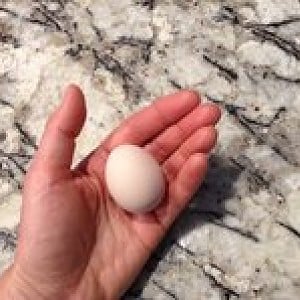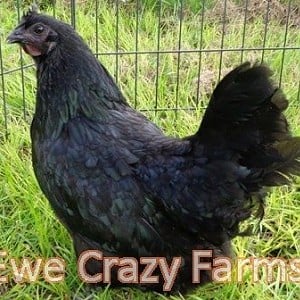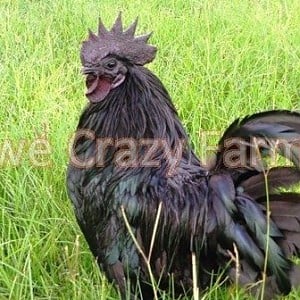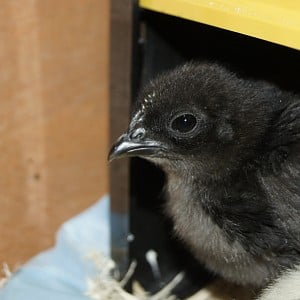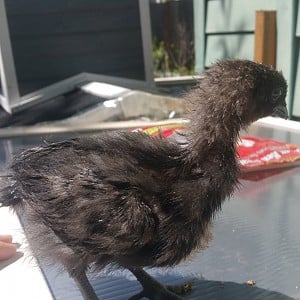I purchased day old chicks and proceeded to raise them with Langshans. Not the best idea. I would definitely raise them separately from other larger breeds in the future. Shipping was hard on them.
However, the hen I ended up with went on to brood and raise two hatches last season, all of which were really healthy.
The original cockerel received a lot of handling as a chick. He went on to be aggressive, but selectively. He was valiant in his protection of the flock, and really impressed me in being consistently agressive to any human or other intruders, but trustworthy and nonagressive with me. Smart enough to discern. Fortunately, the hen raised cockerels (6) from last season were not aggressive, none whatsoever.
They are good flyers. I am crossing them with BBS Ameraucanas and Langshans, and the resulting offspring is carrying the fibro gene. They are smart and handy and can take care of themselves. All pullets, crosses and pure, started laying in the fall and laid all winter.
I am liking these small handy birds more and more, in spite of the egg size. The original hen is pretty friendly, but I haven’t tried to handle the hen raised birds. I like that they are cautious since they are free ranging.
However, the hen I ended up with went on to brood and raise two hatches last season, all of which were really healthy.
The original cockerel received a lot of handling as a chick. He went on to be aggressive, but selectively. He was valiant in his protection of the flock, and really impressed me in being consistently agressive to any human or other intruders, but trustworthy and nonagressive with me. Smart enough to discern. Fortunately, the hen raised cockerels (6) from last season were not aggressive, none whatsoever.
They are good flyers. I am crossing them with BBS Ameraucanas and Langshans, and the resulting offspring is carrying the fibro gene. They are smart and handy and can take care of themselves. All pullets, crosses and pure, started laying in the fall and laid all winter.
I am liking these small handy birds more and more, in spite of the egg size. The original hen is pretty friendly, but I haven’t tried to handle the hen raised birds. I like that they are cautious since they are free ranging.

